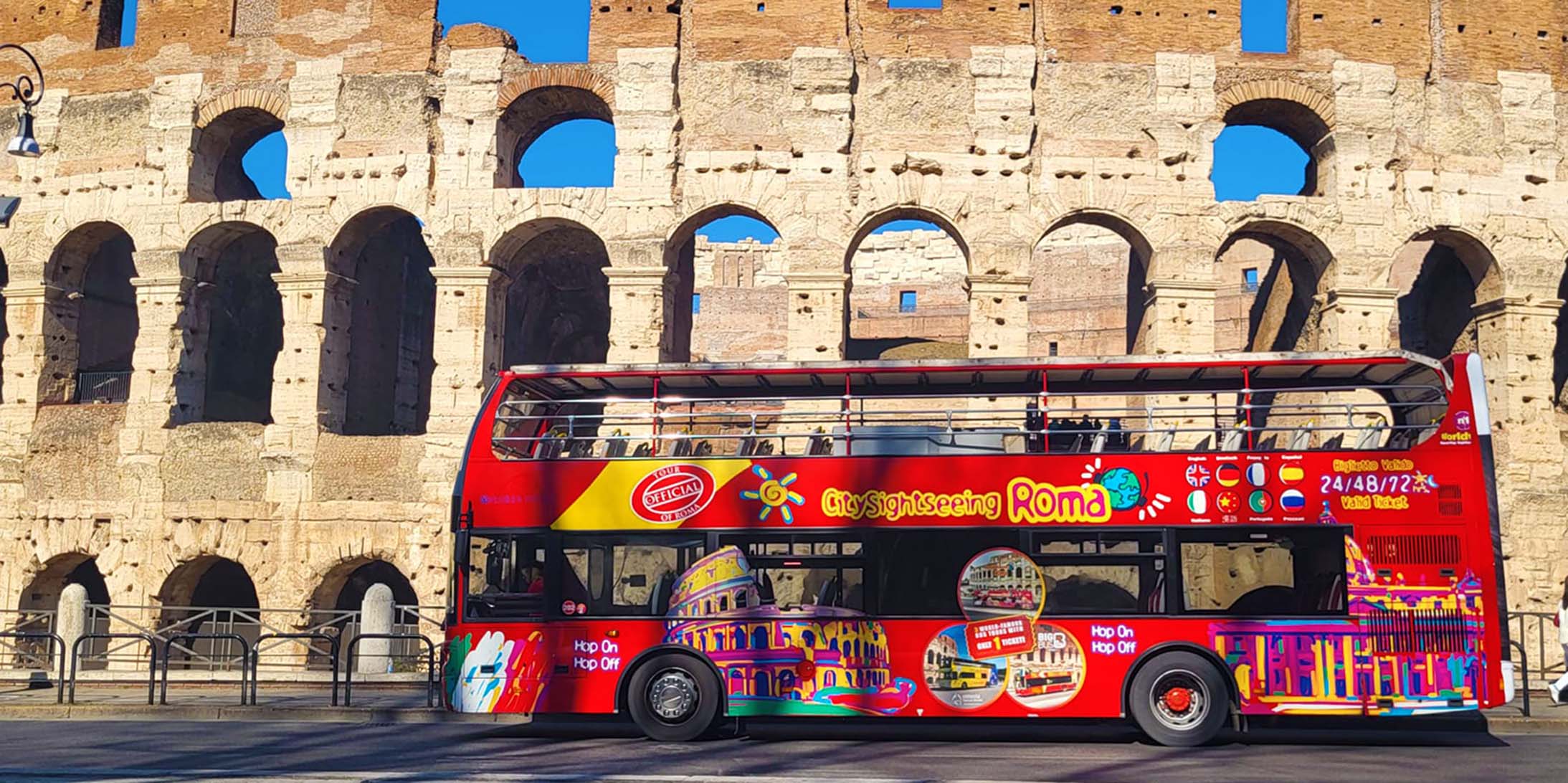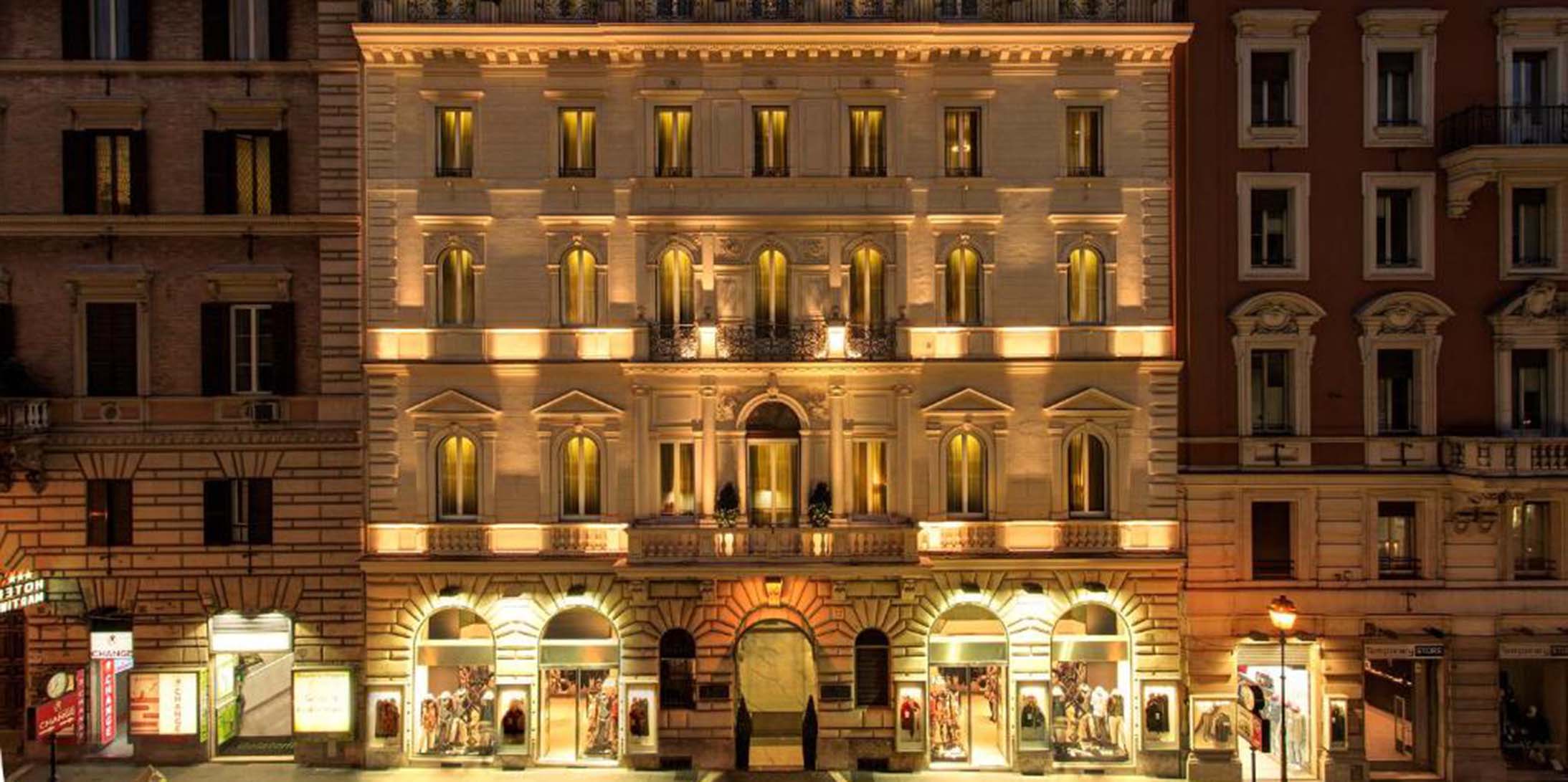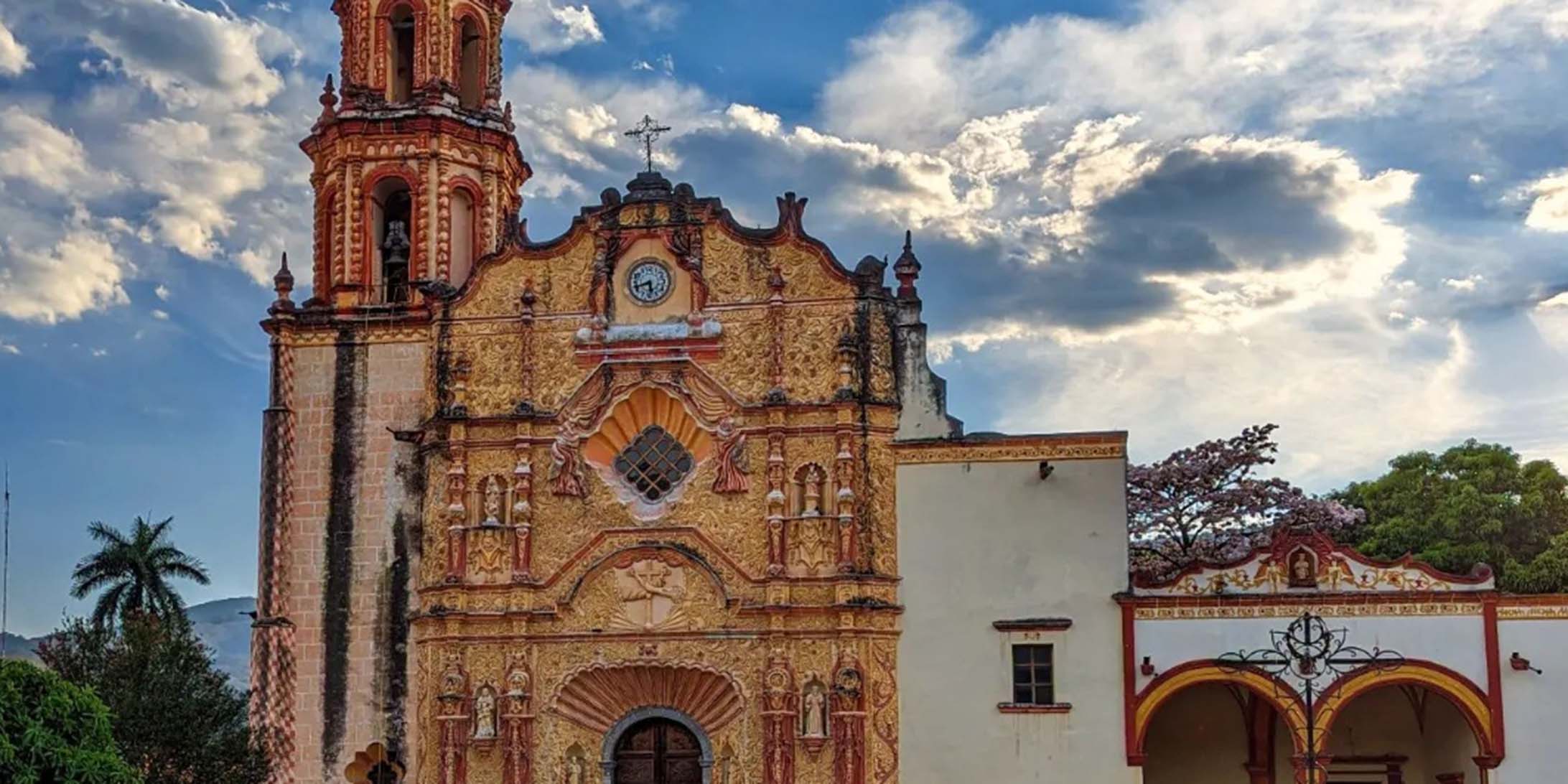Rome is a city steeped in history, art, and culture, with every street and square revealing a piece of its past. But navigating its ancient streets and bustling avenues can be a challenge, especially for first-time visitors. Thankfully, Rome boasts a wide range of public transportation options that can make getting around much easier. Whether you’re a seasoned traveler or a first-time visitor, understanding how to use Rome’s public transport is key to ensuring a smooth and enjoyable trip. In this guide, I’ll walk you through the ins and outs of Rome’s transportation system—from buses and metros to trams and taxis.
Rome’s Public Transport System
Rome’s public transport network is extensive and generally efficient, though it may seem chaotic at times. The system is primarily operated by ATAC, which runs the majority of the city’s buses, trams, and metro lines. Additionally, regional trains are operated by Trenitalia, while Cotral buses handle routes extending outside the city. Public transport is not only a convenient way to explore Rome, but it’s also budget-friendly compared to taxis or private car rentals, especially given the city’s notorious traffic and limited parking spaces.
Here’s a look at the primary modes of transport available in Rome:
- Metro: Rome’s subway system consists of three lines, serving both the city center and the outskirts.
- Bus: An extensive bus network covers the entire city, connecting areas that the metro doesn’t reach.
- Tram: Though limited in coverage, the tram system serves some key areas.
- Train: Regional trains provide an efficient way to travel to nearby towns and sites outside the city center.
- Taxis: Widely available but more expensive, taxis are useful for direct, door-to-door transport.
Rome’s Metro System
While Rome’s metro network is relatively small compared to other European capitals, it is a fast and convenient way to reach major tourist attractions. There are currently three metro lines in operation: Line A (orange), Line B (blue), and Line C (green).
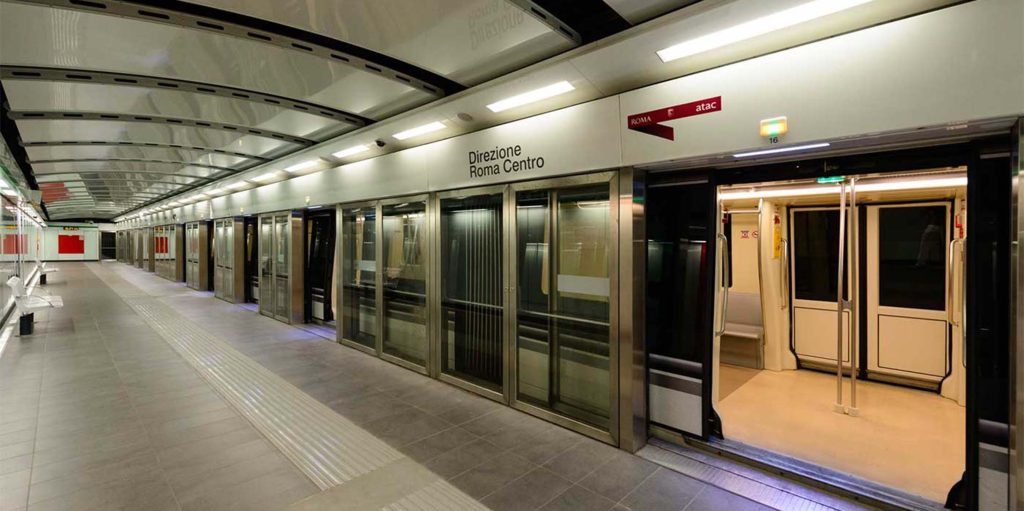
- Line A runs from Battistini in the west to Anagnina in the southeast. It stops at major points of interest such as the Vatican Museums, Spanish Steps, and Piazza di Spagna.
- Line B operates from Laurentina in the south to Rebibbia or Jonio in the northeast, passing through key areas like the Colosseum, Circo Massimo, and Termini Station (the central train station).
- Line C is the newest addition and currently runs from Monte Compatri-Pantano to San Giovanni, with plans for further expansion.
The metro is easy to navigate, with clear signage and frequent trains running every 3-7 minutes during peak hours. Tickets are relatively cheap, with a standard one-way fare costing €1.50, valid for 100 minutes on all modes of transport within the city (including buses and trams).
If you’re planning to use the metro frequently, consider purchasing a Roma Pass or a 24, 48, or 72-hour ticket to save money. These passes offer unlimited travel on public transport for a set duration.
Tips for Using the Metro:
- Avoid rush hours (7:30-9:30 am and 5:00-7:30 pm) to steer clear of crowded trains.
- Watch out for pickpockets, especially in tourist-heavy stations like Termini and Colosseo.
- Check for service interruptions or strikes, which can happen occasionally in Italy. Real-time updates are available on the ATAC website and app.
Rome’s Bus Network
Rome’s bus system is vast, with over 350 bus lines crisscrossing the city and reaching areas that the metro does not serve. While buses can be slower due to traffic, they are essential for getting to more out-of-the-way neighborhoods or sites like Villa Borghese, Trastevere, or Appia Antica.
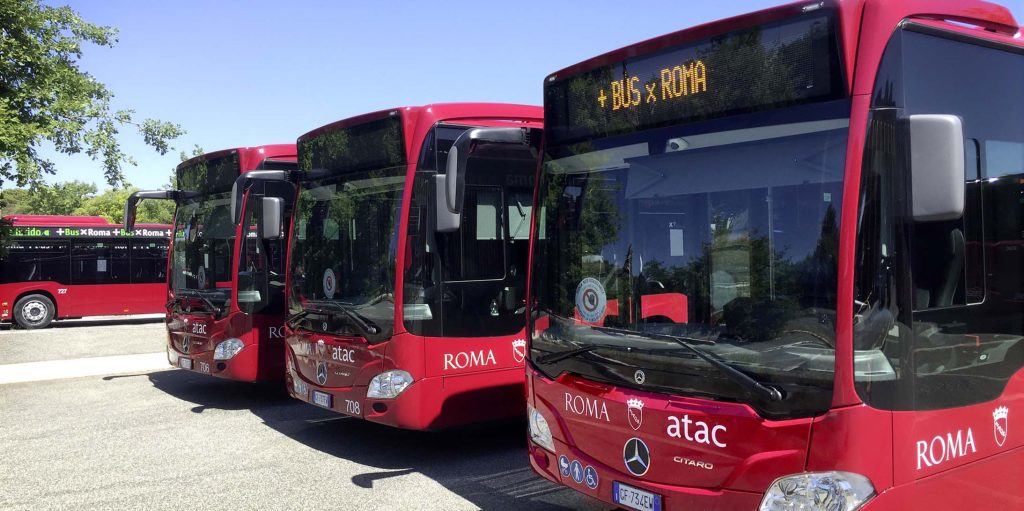
Day buses typically run from 5:30 am to midnight, while night buses operate after midnight until early morning. Night buses are marked with an “N” before the route number, and they tend to follow similar paths to the daytime routes but with less frequency.
You can purchase bus tickets at metro stations, tobacco shops (tabacchi), newsstands, or through the ATAC mobile app. Remember to validate your ticket when boarding, as controllers do spot checks, and hefty fines are issued to those caught without a validated ticket.
Popular Bus Routes for Tourists:
- Bus 40 Express: A fast bus linking Termini Station to Vatican City, passing through Piazza Venezia and Corso Vittorio Emanuele II.
- Bus 64: Known as the “tourist bus” because it runs between Termini Station and Vatican City, passing by many tourist attractions. However, be cautious, as this bus is notorious for pickpocketing.
- Bus 118: An ideal route for reaching Appian Way (Appia Antica) and Catacombs of San Sebastiano.
Tips for Using Buses in Rome:
- Plan ahead: Bus stops are not always easy to find, so it’s a good idea to check the route and stop locations using a map or app before heading out.
- Download the “Muoversi a Roma” app: This app provides real-time information on bus arrivals and route planning.
- Be prepared for delays: Traffic in Rome can be unpredictable, especially during peak hours. Leave extra time for your journey if you’re catching a bus during busy times.
Rome’s Tram System
Rome’s tram network is smaller than its bus and metro systems but still useful for getting to certain parts of the city. There are six tram lines (No. 2, 3, 5, 8, 14, and 19), with trams generally running from 5:30 am to midnight.
- Tram 8 is the most popular among tourists as it runs from Piazza Venezia through the charming neighborhood of Trastevere, a great area for dining and nightlife.
- Tram 3 passes important attractions like the Colosseum and Piazza di Porta Maggiore.
Trams are less likely to be affected by traffic compared to buses, making them a reliable option for shorter journeys. Tickets for the tram are the same as for buses and the metro (€1.50 for 100 minutes) and must be validated at the machines on board.
Regional Trains
If you’re planning to explore areas just outside of Rome, such as Ostia Antica, Tivoli, or Castel Gandolfo, regional trains are an efficient option. Rome has several train stations, with Roma Termini being the largest and most central. From Termini, regional trains operated by Trenitalia or regional lines (such as the FL1-FL8 trains) can take you to nearby towns and villages in under an hour.
Popular regional train routes include:
- Rome to Ostia Antica: Take the Roma-Lido train from Piramide Station (on Metro Line B) to Ostia Antica, where you can explore the ancient ruins of this once-thriving Roman port.
- Rome to Tivoli: Trains from Tiburtina Station or Termini Station take you to the town of Tivoli, home to the stunning Villa d’Este and Hadrian’s Villa.
- Rome to Castel Gandolfo: Take a regional train from Termini to Albano Laziale, the closest stop to Castel Gandolfo, the summer residence of the Pope.
Taxis in Rome
Taxis in Rome are plentiful but more expensive than public transportation. They can be a good option if you’re traveling with heavy luggage, in a group, or just want a direct route to your destination. Official taxis in Rome are white and have a “TAXI” sign on the roof. You can find them at designated taxi stands (usually near major tourist sites, train stations, and airports) or call a taxi via apps like myTaxi or ItTaxi.
Important Taxi Tips:
- Always check that the meter is running when you start your journey. Official taxis in Rome are metered.
- There are set rates for taxis to and from the airport. A taxi from Fiumicino Airport to the city center has a fixed fare of €48, while from Ciampino Airport, the fare is €30. Confirm the rate with the driver before starting the journey.
- Avoid unlicensed taxis, especially those that offer rides outside of taxi stands or airports, as they often overcharge tourists.
Navigating Rome’s Traffic
Rome is notorious for its heavy traffic, particularly during rush hour. If you’re traveling by bus, tram, or taxi, expect some delays. Motorbikes and scooters dominate the roads, and driving can feel chaotic, but for locals, it’s just part of daily life.
Rome also has several ZTL zones (Zona Traffico Limitato), which restrict traffic in certain historic areas, especially during the day. Unless you have a special permit, driving through these zones can result in hefty fines. For this reason, it’s advisable to rely on public transport or taxis rather than renting a car, particularly if you’re staying
in the city center.
Buying Tickets and Passes
Tickets for Rome’s public transport are integrated, meaning one ticket works for buses, trams, metro, and some regional trains within the city limits. You can buy tickets from:
- Ticket machines at metro stations and some bus stops.
- Tabacchi shops (look for the “T” sign).
- Newsstands.
- ATAC mobile app (digital tickets).
Ticket options include:
- BIT (Biglietto Integrato a Tempo): Standard ticket for €1.50, valid for 100 minutes.
- 24-hour ticket: Unlimited travel for 24 hours, costing €7.
- 48-hour ticket: Unlimited travel for 48 hours, costing €12.50.
- 72-hour ticket: Unlimited travel for 72 hours, costing €18.
- CIS (Carta Integrata Settimanale): Unlimited travel for 7 days, costing €24.
Tickets must be validated upon boarding buses, trams, or at metro turnstiles.
Final Thoughts
Navigating Rome’s public transportation system might seem overwhelming at first, but with a little planning and some patience, you’ll find it’s one of the most efficient ways to explore the Eternal City. Whether you choose the metro for quick trips, buses to explore lesser-known areas, or taxis for convenience, Rome offers a range of options to suit every traveler’s needs.
